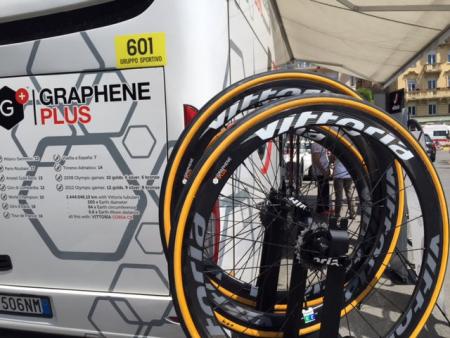Russian teams uses graphene and vanadium disulfide to double the capacity of li-ion batteries
Researchers from the Siberian Federal University (SFU), the Krasnoyarsk Research Center at the Siberian Division of the RAS, and the National University of Science and Technology MISIS have reported graphene-enhanced rechargeable lithium-ion batteries with double the capacity. To do so, they created anodes with graphene and vanadium disulfide.
The researchers say that the unit capacity of such a material arises from the fact that lithium ions are bound not only at the surface (as in conventional batteries) but also between the layers of the material. One of these layers is graphene, while the second layer is vanadium disulfide (VS2). The overall thickness of the two-layer plate is about one nanometer. The calculations indicate that the unit capacity of anode material in such case reaches 569 mAh per gram, which is almost double that of pure graphite often applied in modern batteries.







